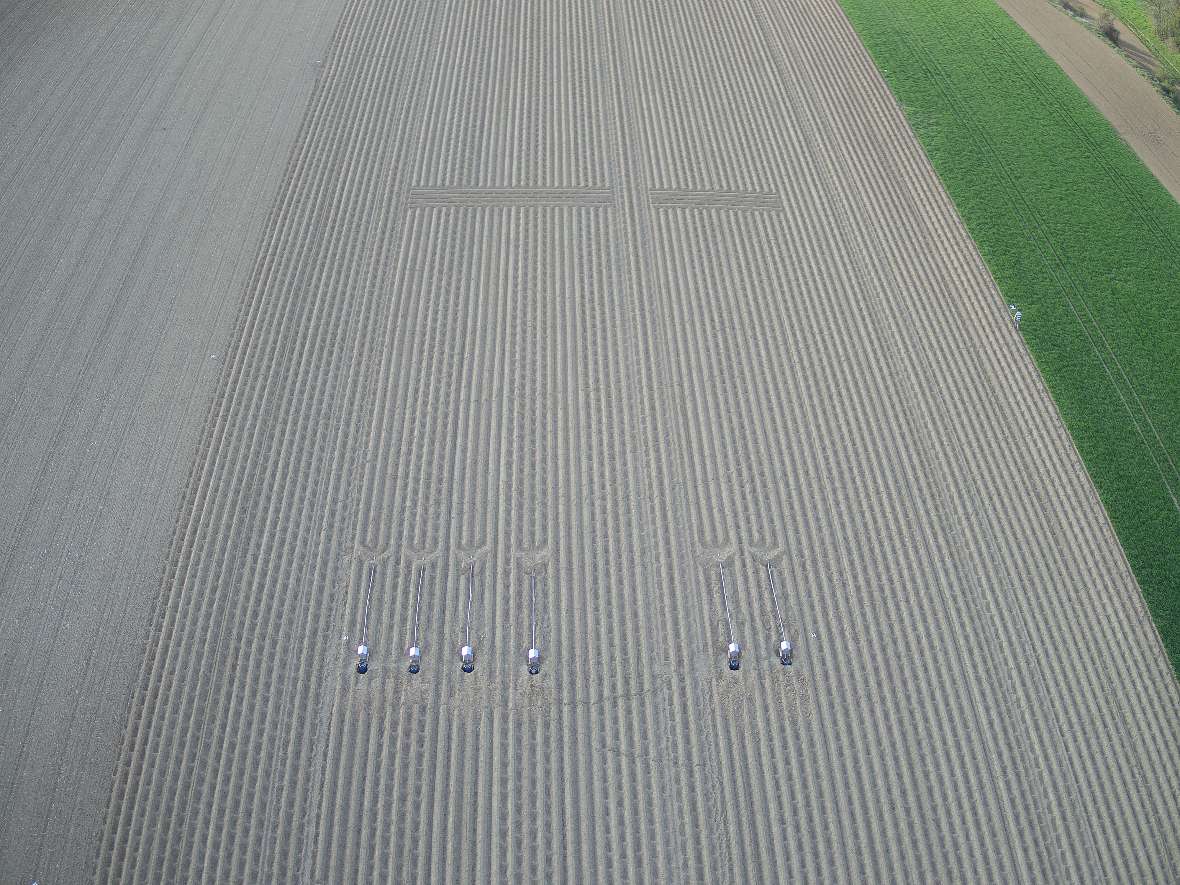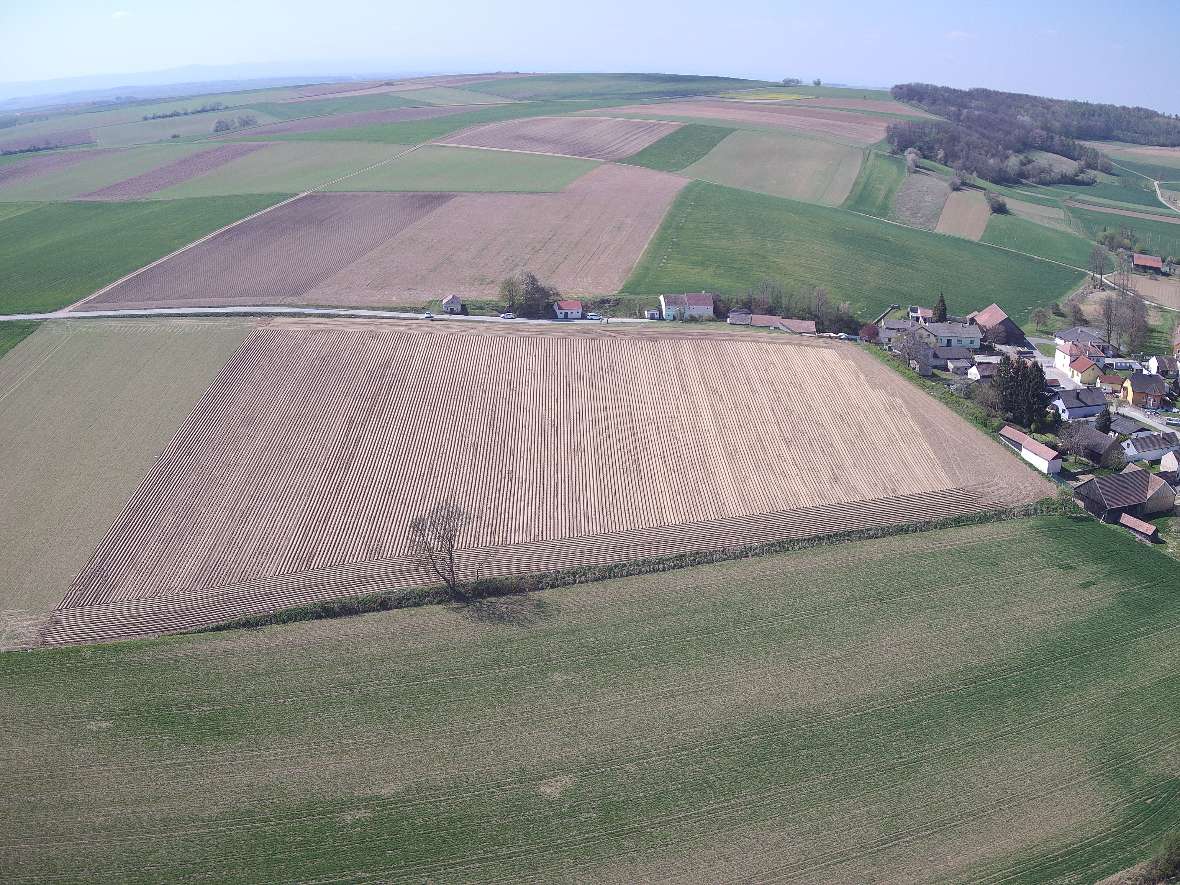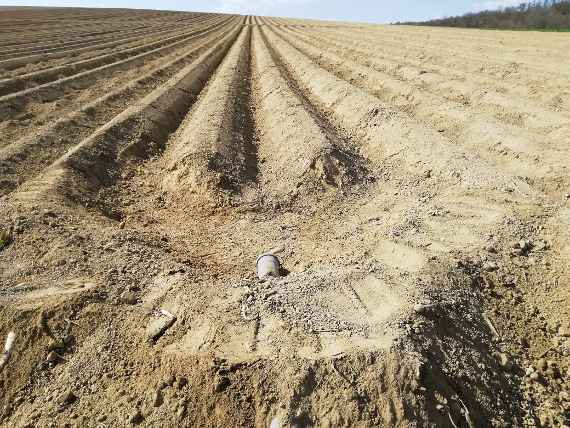In the OptEro project, four different variants in potato cultivation (with / without transverse embankment, each with / without greening) are compared at 5 locations in Lower Austria. Soil erosion is quantified by both sediment measurements and aerial image interpretation.
Summary:
Project processing:
E. Schmaltz, G. Schmid, M. Karner, P. Strauss
Project promotion:
Federal Ministry of Austria for Agriculture, Forestry, Regions and Water Management
-

© BAW-IKT / Schmaltz zoom gallery -

© BAW-IKT / Schmaltz zoom gallery
Brief Description:
The soil conservation project OptEro aims to establish an awareness of farmers to soil protection procedures in potato farming on one hand side and to test different methods and provide practical recommendations or guidelines for farmers on the other hand side. The aim is to reduce soil erosion and thus to conserve soil fertility and spatial water retention.
Therefore, field experiments are conducted on several farms and in an experimental plant of Agro Innovation, where possible procedures for soil erosion protection in potato farming are tested. The experiments include grass cover prior to seeding with subsequent mulching, plant cover of dam furrows, side rows along the contour lines, side damns inside the dam furrows and a combination of all. The measurements of soil erosion are conducted with aerial photo interpretation and erosion measurement plots. In order to associate the results from erosion measurements with precipitation characteristics, intensities and total amounts of rainfall are measured. Additional measurements include crop yields, changes of properties that influence erosion, such as surface roughness and location-specific soil properties. In addition, all tested variations are economically evaluated.
Moreover, experiments for demonstrations are intended in the second project year, in order to test the practicability of the procedures on one hand side and to show the effectivity to farmers.

